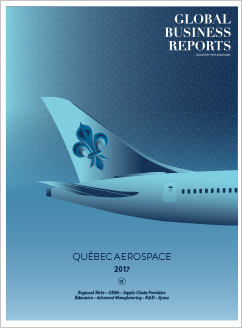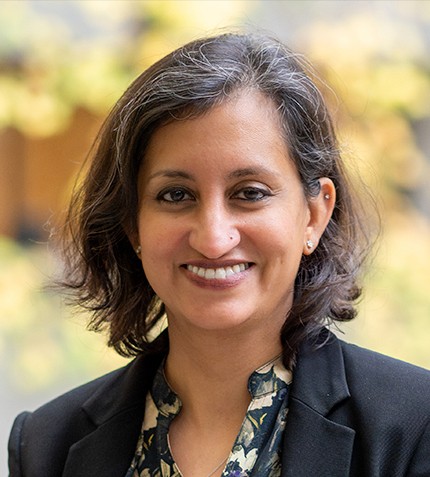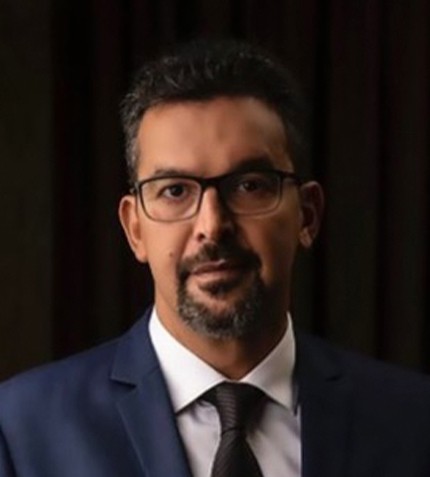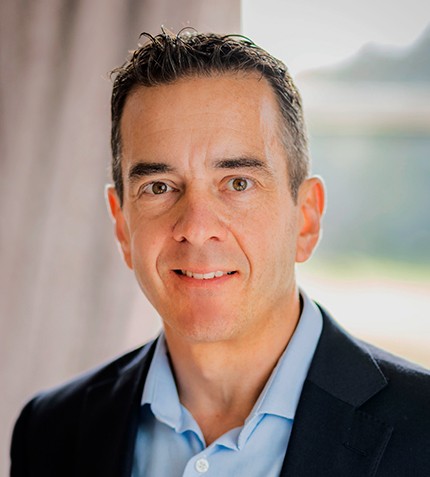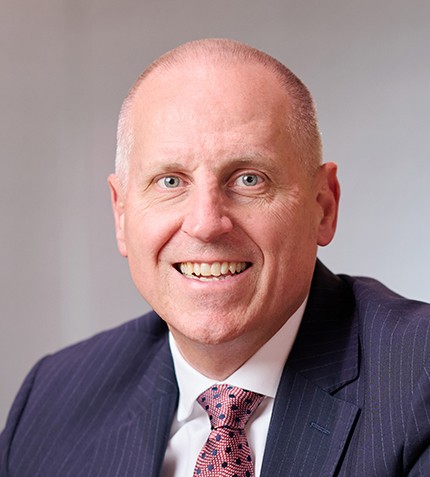
SB: BUSINESS PARTNERSHIP DIRECTOR RA: ASSOCIATE DEAN OF ENGINEERING AND GENERAL MANAGER 3IT
RELATED PUBLICATION
ARTICLES FROM THIS PUBLICATION
- Interfacing with Industry: Québec’s Universities Fortify Aerospace Activity
- Driving Efficiency to Increase Competitiveness: Québec’s Service and Equipment Providers
- The Big Four and the Competitiveness of Québec’s Aerospace Supply Chain
- Banding Together: Québec’s Innovation Ecosystem
- Aerospace in Québec: The Case for an Industrial Policy
- A New Order: Québec’s Supply Chain Reaches Turning Point
- Québec’s Aerospace 4.0: A Solution to Cost Pressures?
- Quebéc Aerospace: Education
- Safety First
Serge Beaudoin and Richard Arès
UNIVERSITY OF SHERBROOKE
The University of Sherbrooke hosts over 40,701 students. Could you briefly introduce the university and its main areas of academic focus?
SB: We have eight faculties: Administration, Education, Engineering, Law, Letters and Humanities, Medicine and Health Sciences, Science, and Sports and Physical Education. University of Sherbrooke is characterized by its co-op teaching. We have 45 programs where students are alternating study sessions with paid internships ("stages") in the workplace to complement the knowledge developed at the university with a practical work experience.
In research, we are striving to create and deliver value thoughout the research journey, not only at the end. With 1,400 researchers, six institutes, 35 research centers, and 71 research chairs, our first priority when partnering with companies is training our students in real environments.
In engineering, we mostly teach our students through projects in which they combine course sessions with a separate working environment session. These internships bring us closer to our industry partners.
RA: We were the first francophone university and the second university in North America to put this type of training together. Every year, we have 4,500 work terms to find with over 1,000 different companies. We have developed and become recognized for our project- and problem-based learning, which is applied across Education, Medicine and Engineering. As soon as our students begin university, they are immediately put into practical situations where they must solve problems. A good example of an aeronautical project conducted by our students would definetely be the Epervier acrobatic plane. This plane was entirely designed and built by our engineering bachelor students and it is now part of the Canada Aviation and Space Museum exhibit.
Sherbrooke also collaborates with other research institutions. Could you elaborate on some of the models you work with?
RA: We developed a specific vision of how to collaborate with industry. The first important aspect is IP. We proposed "crowd-researching", where the industry can post problems or challenges on Web platforms and researchers can bid on and propose solutions. The industrial partner can then choose a preferred solution, after which they can engage with the researchers and fund the program.
There can also be a great deal of friction between industry and universities over IP during collaborations, which can reduce the efficiency of the project as both parties are afraid of losing the IP or control. We are experimenting with a new model which focuses on transferring the IP to the commercial actor as quickly and seamlessly as possible. Since 90% of our ecosystem deals with very small companies, financial transfer is complicated due to lack of capital. We are therefore exploring other ways for IP to be paid back in order to secure return for the academics.
SB: Sherbrooke University's IP culture is very open. We are recognized as being very easy to deal with.
Talking about collaboration with the industry, if you are aware of the MITACS program, in which students work at the partner’s facility 50% of the time and spend 50% of the internship at the university, according to MITACS 2016-2017 activity report, Sherbrooke is number-one in the number of Accelerate internship in Québec and second in Canada.
Could you provide a specific example of a research project currently underway?
SB: One of our researchers, Pr Patrice Masson, is currently undertaking a mechatronics project on the continuous monitoring of aircraft structures using ultrasound. By distributing sensors throughout the structure of a plane, real-time data on the aircraft structure can be produced. We also have very good young researchers working on drones with industrial and governmental partners. In smaller companies, students can create something completely new; companies are often dependent on the expertise we transfer to them.
What are the objectives of the university over the next few years?
SB: Our strategy revolves around innovation, partnerships and entrepreneurship. Our target is to multiply the level of partnerships we have with the industry by 10. We plan to achieve this by assessing partners' needs, finding the expertise, matching them up with the right research team, and following the partnership relation to maximize the impact of a project.




